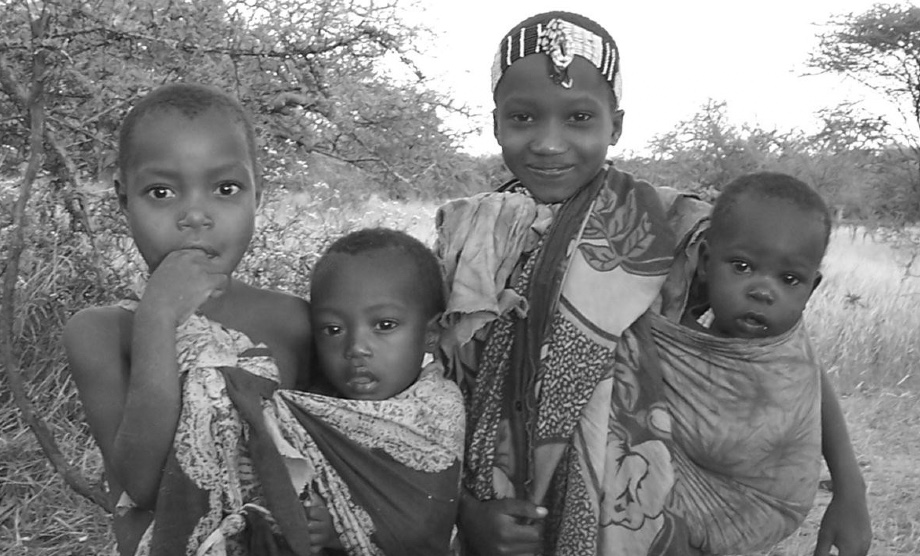New Publication
Harm Avoidance and Mobility During Middle Childhood and Adolescence among Hadza Foragers
Human Nature (2021) 32:150–176
https://doi.org

Alyssa N. Crittenden & Alan Farahani & Kristen N. Herlosky & Trevor R. Pollom & Ibrahim A. Mabulla & Ian T. Ruginski & Elizabeth Cashdan
Abstract
Cross-cultural sex differences in mobility and harm avoidance have been widely reported, often emphasizing fitness benefits of long-distance travel for males and high costs for females. Data emerging from adults in small-scale societies, however, are challenging the assumption that female mobility is restricted during reproduction. Such findings warrant further exploration of the ontogeny of mobility. Here, using a combination of machine-learning, mixed-effects linear regression, and GIS mapping, we analyze range size, daily distance traveled, and harm avoidance among Hadza foragers during middle childhood and adolescence. Distance traveled increased with age and, while male adolescents had the longest daily ranges, average daily distance traveled by each sex was similar. We found few age- or sex-related patterns in harm-avoidant responses and a high degree of individual variation. When queried on the same issues, children and their parents were often in alignment as to expectations pertaining to harm avoidance, and siblings tended to behave in similar ways. To the extent that sex differences in mobility did emerge, they were associated with ecological differences in physical threats associated with sex-specific foraging behaviors. Further, we found no strong association between harm avoidance and mobility. Young Hadza foragers of both sexes are highly mobile, regardless of how harm avoidant they are. Taken together, our findings indicate that the causal arrows between harm avoidance and mobility must be evaluated in ecologically specific frameworks where cultural expectations of juvenile mobility can be contextualized.
https://doi.org/10.1007/s12110-021-09390-z